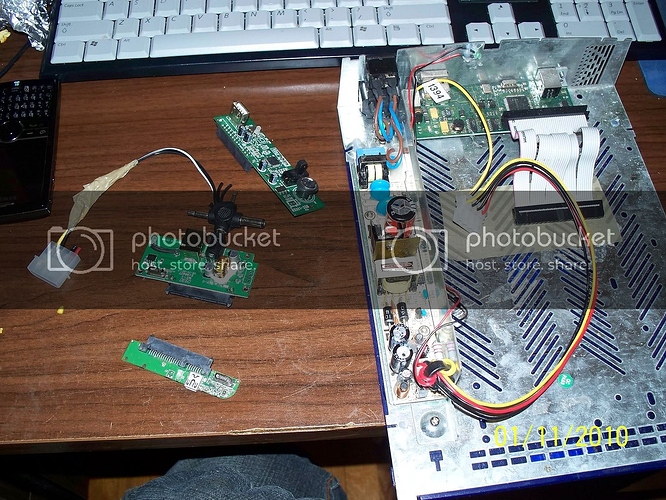Hi,
i just had to register for this interesting issue, greetings from germany 
All the details lead to a high possibility that the power-supply has a faulty voltage-rail.
Just try this:
- Disconnect the wallplug for some minutes. Caution! In rare cases where the psu has gone really bad it could blow up while you plug it back in, but there are security-circuits to avoid damage to the pc-components in it, so just go on.
- While disconnected, disconnect the powercables of all unneeded devices like harddisk and optical drives. You just need the two cables from the psu to the mainboard be connected for this test.
- eventually remove the graphics card and use the onboard-graphics
- Plug the wallplug back in and try to fire up the machine
If it boots up more often now, try to reconnect each device one by one, at first the harddisk.
If you have a voltmeter available, try to mesure the voltage of the red and yellow cables while the pc is turned on. If not, ask a friend or neighbour, it’s a very common tool  https://tiny.cc/5dxsa
https://tiny.cc/5dxsa
Just turn it to measure 20 Volt DC (like in the picture linked above)
Now connect the black measure cable to a black psu-cable ( https://tiny.cc/f0mFQ ) and tap the yellow and red psu-cable with the red measure-cable.
While tapping the red cable, the voltmeter should read 5,00 Volt +/- 10%
While tapping the yellow cable, the voltmeter should read 12,00 Volt +/- 5%
Also you can try to measure the orange lines that go to the motherboard while it’s connected, but its somehow tricky. It should read about 3,30 Volt.
If one of the lines don’t read the required values, you have to replace the power-supply.
Hope this could help a little bit 


